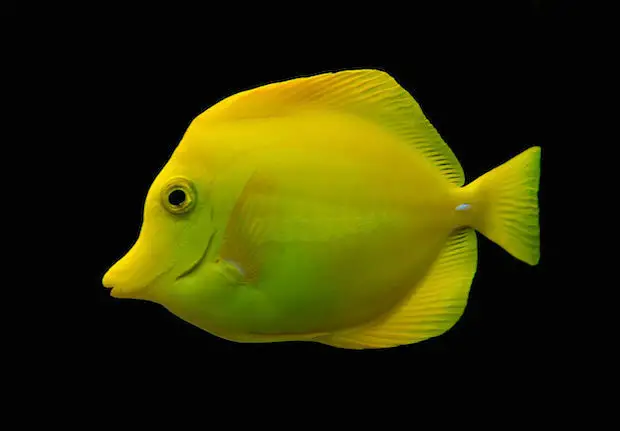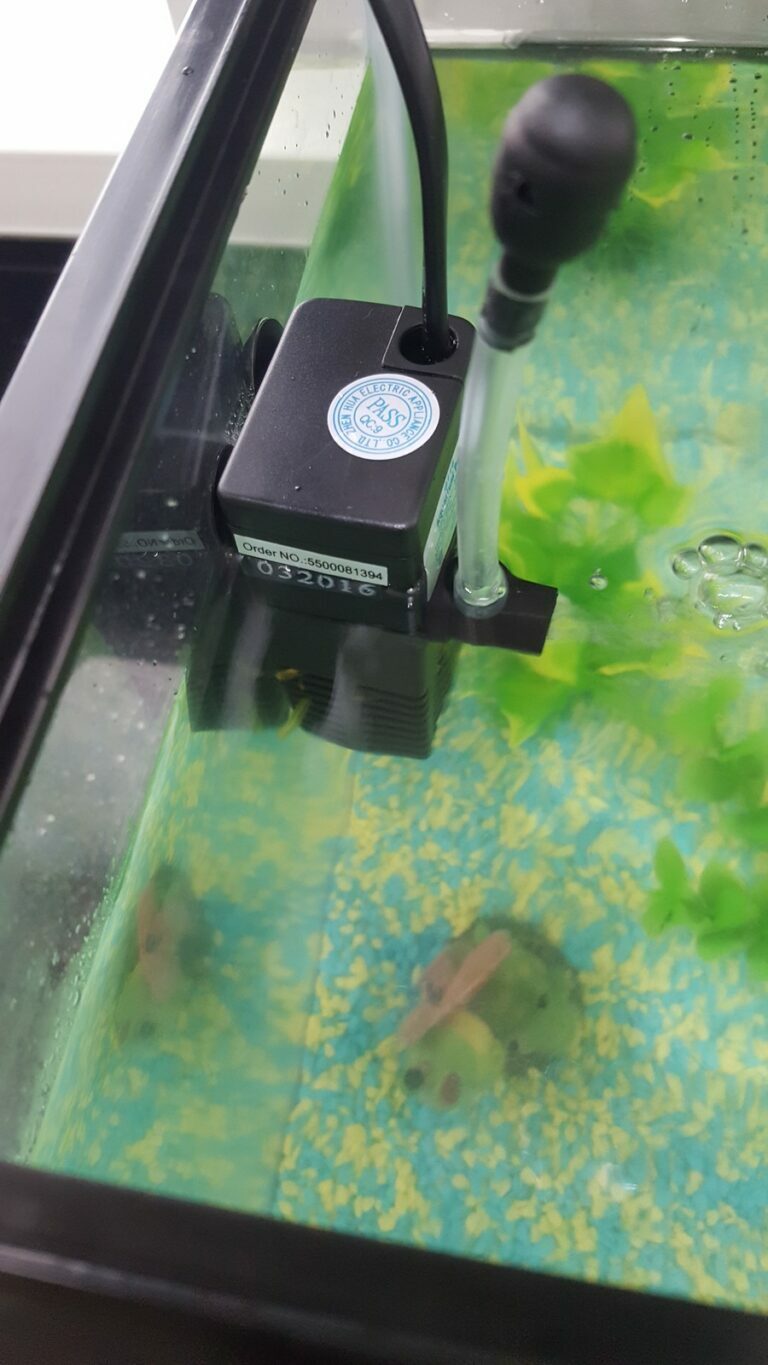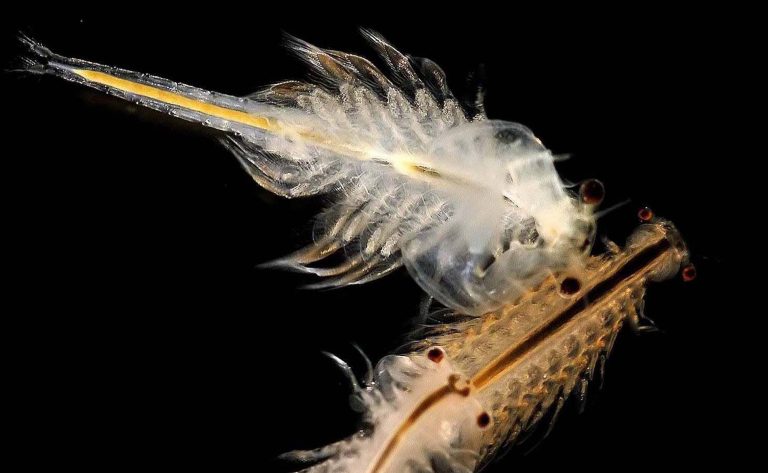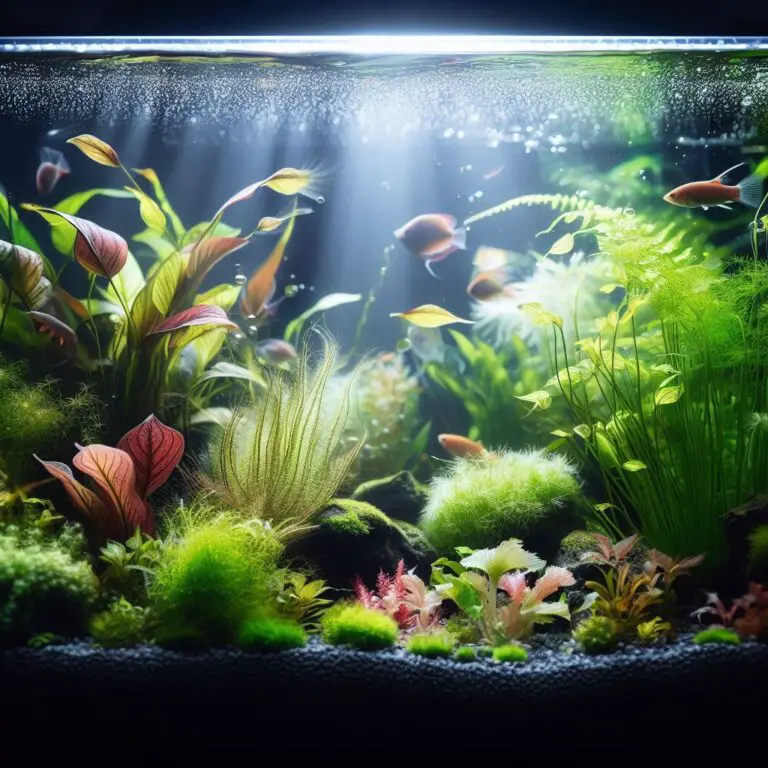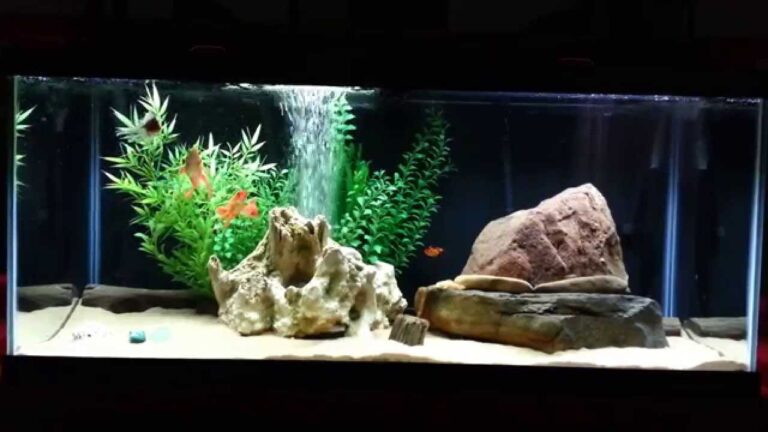Should I Remove Dead Leaves from Aquarium? Discover the Key Benefits
Yes, it is recommended to remove dead leaves from the aquarium as they can decompose and create harmful bacteria. Dead leaves in the aquarium should be removed as they can release toxins and negatively impact water quality, leading to potential harm to the fish and other aquatic life.
Additionally, removing dead leaves helps to maintain the aesthetic appearance of the aquarium, keeping it clean and beautiful. Regular maintenance, such as removing dead leaves, is essential for maintaining a healthy aquatic environment.
Importance Of Removing Dead Leaves
Removing dead leaves from your aquarium is crucial for enhancing water quality, preventing algae growth, and maintaining aesthetics. Dead leaves can release harmful toxins into the water, leading to poor water quality. This can negatively impact the health of your aquatic life.
Additionally, decaying leaves provide a favorable environment for algae to thrive, leading to an unsightly appearance and potential harm to other aquarium inhabitants. By removing the dead leaves, you eliminate potential sources of pollution and reduce the risk of algae blooms.
This will result in cleaner, clearer water that is conducive to the overall well-being and aesthetics of your aquarium. Regular maintenance and diligent leaf removal are essential for a healthy aquatic environment.
Benefits Of Removing Dead Leaves
Removing dead leaves from your aquarium offers various benefits. Firstly, it promotes the overall health of your fish and plants. The accumulation of dead leaves can release harmful toxins into the water, affecting the well-being of your aquatic pets. Furthermore, removing dead leaves reduces the risk of bacterial infections.
Bacteria can thrive in decaying organic matter, posing a threat to the health and vitality of your aquatic ecosystem. Lastly, removing dead leaves ensures optimal oxygen levels in the water. Dead leaves consume oxygen during decomposition, depriving your fish and plants of this essential resource.
By removing them, you create a healthier and more balanced environment for all the inhabitants of your aquarium. So, make it a regular practice to remove dead leaves for the well-being of your aquatic ecosystem.
Methods For Removing Dead Leaves
Dead leaves in the aquarium can be a potential problem because they can decay and compromise water quality. One method for removing dead leaves is manual removal, which involves physically taking them out. This can be done by using a net or tweezers to carefully lift the leaves out of the water.
Another option is to use an aquarium vacuum, which suctions up the debris along with the water. Aquarium vacuums are especially useful for larger tanks or heavily planted aquariums. Additionally, employing bottom feeders, such as snails or catfish, can also help keep the tank clean by consuming dead plant matter.
These bottom-dwelling fish or invertebrates can actively search for and feed on the decaying leaves, preventing them from causing water quality issues. Overall, regularly removing dead leaves is important for maintaining a healthy and clean aquarium environment.
Frequently Asked Questions:
Is It Necessary To Remove Dead Leaves From An Aquarium?
Yes, it is important to remove dead leaves from an aquarium. Dead leaves can decay and release toxins that are harmful to fish and other aquatic organisms. Removing them helps maintain water quality and prevents health issues for your aquarium inhabitants.
How Often Should I Remove Dead Leaves From My Aquarium?
Dead leaves should be removed regularly from your aquarium, ideally on a weekly basis. This helps prevent the buildup of organic waste, maintains water clarity, and ensures a healthier environment for your aquatic life.
Can Dead Leaves Cause Algae Growth In An Aquarium?
Yes, dead leaves can contribute to algae growth in an aquarium. As they decompose, they release nutrients that algae thrive on. By removing dead leaves promptly, you can reduce the nutrient levels in the water and minimize the risk of algae overgrowth.
What Is The Best Method To Remove Dead Leaves From An Aquarium?
The best method to remove dead leaves from an aquarium is to use a fine-mesh net or a gentle siphon. Carefully scoop out the leaves without disturbing the substrate or stressing the fish. Avoid using your hands or rough tools that may harm the delicate ecosystem inside your aquarium.
Are There Any Benefits Of Leaving Dead Leaves In An Aquarium?
While dead leaves can provide some natural hiding spots for shy fish or add a touch of aesthetics, their drawbacks outweigh the benefits. Dead leaves can deteriorate water quality and create an unhygienic environment for your aquatic pets. It is recommended to remove them to maintain a healthy and balanced aquarium.
Conclusion
Removing dead leaves from your aquarium is an important aspect of maintaining a healthy and thriving aquatic environment. By doing so, you not only enhance the visual appeal of your tank, but you also prevent potential harm to your fish and other aquatic inhabitants.
Dead leaves can decay, leading to an increase in ammonia and nitrate levels, which can be detrimental to the overall water quality. Moreover, decaying leaves create the perfect breeding ground for harmful bacteria and fungi, posing a threat to the health of your aquarium’s ecosystem.
If you neglect to remove dead leaves, it can result in the decline of water clarity and the well-being of your aquatic pets. Regular maintenance, including the removal of dead leaves, will ensure a clean and balanced environment for your fish to thrive in.
So, make it a part of your routine to remove dead leaves from your aquarium, and you’ll be rewarded with a healthier and more vibrant aquatic world.
